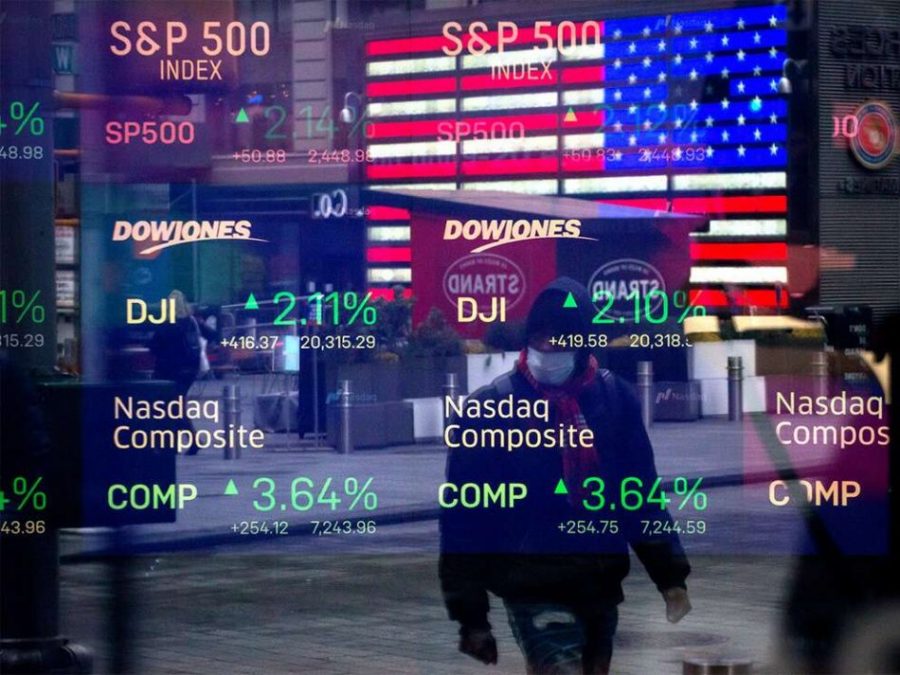The black liquid hydrocarbon drifted slightly lower in London at the last trading session of the week after recent fundamentals reveal the Organization of the Petroleum Exporting Countries and allies (OPEC+) are not all on the same table regarding output levels, amid surging global demand.
At the time of writing this publication, the British-based oil contract, Brent crude futures posted losses of about 0.03% as it traded around $75 a barrel with the West Texas Intermediate futures also pulling back some of its gains as it traded around $75 a barrel after posting over 2% gains on Thursday.
Investors are weighing on reports showing the UAE paused a deal at the last minute, triggering the all-important meeting to end without an agreement on their monthly crude oil production. The deal was suspended after UAE disclosed it will not support the deal until the baseline for its own cuts is reviewed upward, effectively raising its production quota by about 700,000 barrels a day.
Leading oil producers including Saudi and Russia, arbitrarily rejected the United Arab Emirate’s request, though oil traders would be hoping for a compromise with a strong revival in fuel consumption still in play.
The implication of such a narrative further meant the alliance might fall back on past agreements that asked for crude oil outputs to remain unchanged until April 2022.
The dramatic turn of events kept crude oil bulls hanging for some positivity as inflationary pressures are fixating traders and global investors with Brent crude above $75.
That being said, recent price patterns reveal oil bulls still have a grip on the world’s most traded commodity market with the fossil posting year-to-date gains of about 50%. OPEC Secretary-General, Mohammad Barkindo has stated that energy demand in the second half of 2021 will likely be around 5 million barrels a day, higher than in the first six months of this year.


















